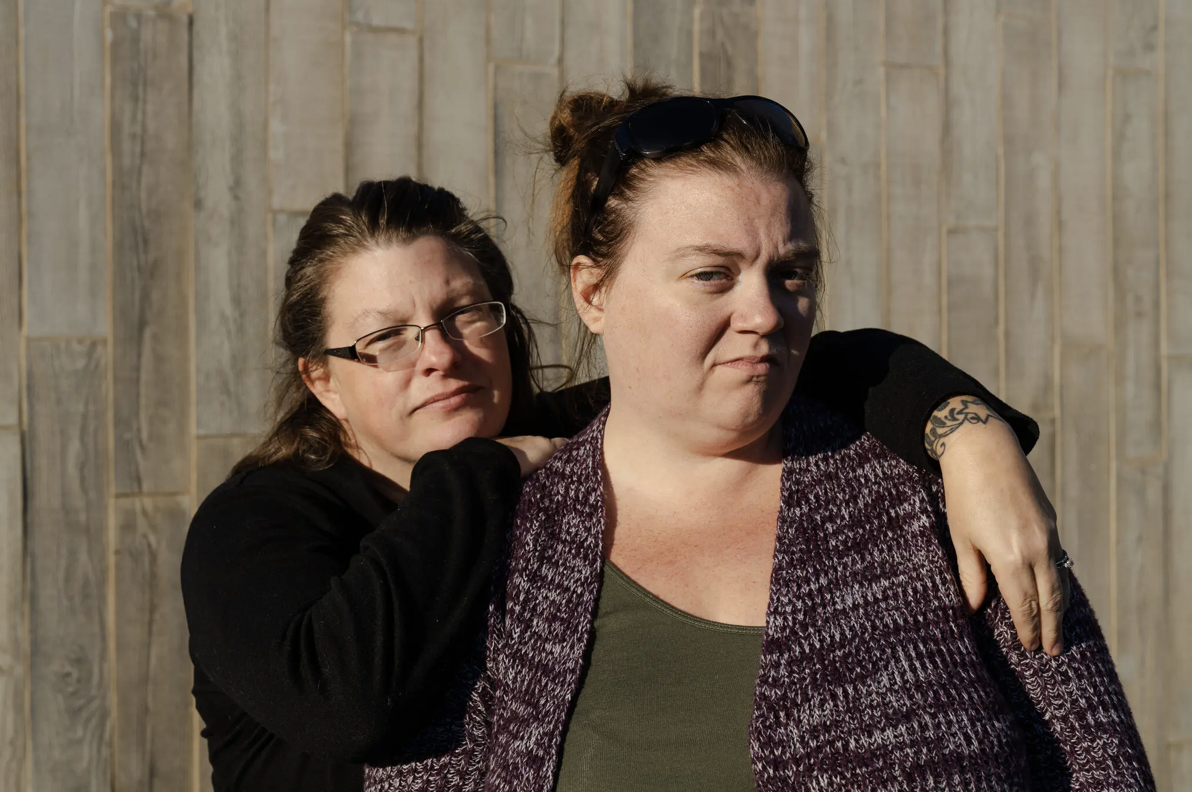The mass shooting in Lewiston, Maine, which occurred on Oct. 25 and took the lives of 18 and injured 13 others, was the U.S.’s most deadly shooting this year and it just might have been one of the most avoidable. In the days following the mass shooting, a series of unsettling reports have resurfaced, highlighting the numerous yet disregarded warning signs from Robert Card. Apparently, the shooter and a 40-year-old U.S. Army reservist had been on both police and army radars months before the shooting occurred.
Five months prior to the shooting, in May, Card’s ex-wife and son spoke with a resource officer and a sheriff’s deputy at their son’s school. During this conversation, they both relayed that Card had been increasingly angry, was incredibly paranoid and hearing voices. Most notably they mentioned how Card had collected between 10 and 15 guns which he was storing at one of their relatives homes and brought them back to his home. After sharing their concerns, the ex-wife and the sheriff’s deputy both agreed that the best course of action was to contact the U.S. Army reserves, people who knew Robert and could potentially get him the help he needed.
The sheriff’s deputy calls the Army Reserve base and speaks with an officer who was already aware of Card’s declining mental health and off-putting demeanor. In response to this phone call and the sheriff learning that the base was already aware of the issue, the problem is seemingly left in the hands of the U.S. Army Reserve.
In July, Robert Card and his fellow reservists traveled to West Point, NY to participate in an annual training course with his unit. On this trip, Card experiences a paranoid delusion as they’re together at a motel, accusing them of calling him a pedophile and ending up in an altercation with another member. The other reservists called a higher up to come to deal with the situation and when trying to speak with Card, he attempted to slam the door in the supervisor’s face. As a result, the supervisor decides that Card needs to be medically evaluated and is taken to the hospital where staff felt he needed more care and was transferred to a psychiatric facility. The only public information about Card’s stay at this facility was that he was there for 14 days and then left.
Shortly after, Card attempted to purchase a silencer for a gun he already owned. While completing the form, a question asked whether or not he had been committed for mental health treatment or care taking away his ability to purchase it. The owner of the gun shop said that when he told Card he was unable to sell him the silencer, he was “nice,” left without any issue and didn’t come back.
Despite Card’s stay at the psychiatric facility, things only continued to spiral for him months leading up to the shooting. In September, Card was in the car with a fellow reservist and close friend when he began telling his friend about his paranoid delusions from West Point and went on to talk about carrying out a mass shooting at the Army Reserve base as well as several other places.
After getting home, his friend called their superiors and told them he was worried about Card and his mental health. The superiors contacted the police department nearby where Card lived, the same department his ex-wife and son spoke with in May, and asked them to conduct a welfare check on him. A sergeant at the police department then went to Card’s house where he believed Card was inside and attempted to make contact with him. After no response and the police believing he was an armed and unwell individual, they decided not to forcefully make contact and leave. Despite clear threats made by Card to shoot individuals as well as the obvious mental health crisis he was experiencing, the police left.
After this failed attempt the sergeant reaches out to Card’s family and an Army Reserve Captain who knew him. While speaking to the sergeant, the Captain told him that he believed forcing a contact with Card was the wrong move and to instead just leave him alone. The sergeant also spoke with Card’s brother who said he would try to move the guns away from Card himself. At this point, mid September, the police had yet to make any form of contact with Robert Card II and never did.
In October, Card went out and legally purchased more weapons and within only a few days committed the double mass shooting in Lewiston, at the bar/grille and bowling alley, killing and injuring dozens of innocent victims.
Not only were the warnings, which came from people in every aspect of Card’s life, ignored, the one law that could’ve legally removed his guns was not enforced. The yellow flag law is a process where a judge, the police and a mental health expert all come to the consensus that the person is indeed a danger and are legally allowed to take away weapon(s) from an individual who is deemed a danger to themselves, society or both. There is absolutely no evidence that the yellow flag law was used or any attempt to use it was made. The sheriff’s department has not made it clear why they didn’t try to enforce this law as they defended their actions and noted that they made efforts to get Card’s family involved in the removal of his weapons. Interestingly enough, this sheriff’s department has actually never used the yellow flag law in the years it’s been in place.
In the wake of yet another mass shooting, many U.S. citizens have once again demanded and called for stronger and stricter gun laws. However, one, the yellow flag law, which makes it difficult but not impossible to legally remove an individual’s guns, was in place but simply not used. What is the point in having gun laws or advocating for stricter ones when the ones already established aren’t being used? The yellow flag law should’ve immediately been triggered following Card’s 14 day stay in a psychiatric facility and it wasn’t. His ex-wife, his son, his brother, his superiors, his friends- they all spoke up. They expressed their concern, they expressed believing he was a threat and yet nothing worked.
Citizens are reliant on law enforcement to do just that: enforce the laws. In this case, the laws were in place, they were there; the police just didn’t try to use it. One thing Card’s case has made blatantly obvious is that laws may be in place but they mean nothing if police departments and law enforcement are unwilling to use them.






